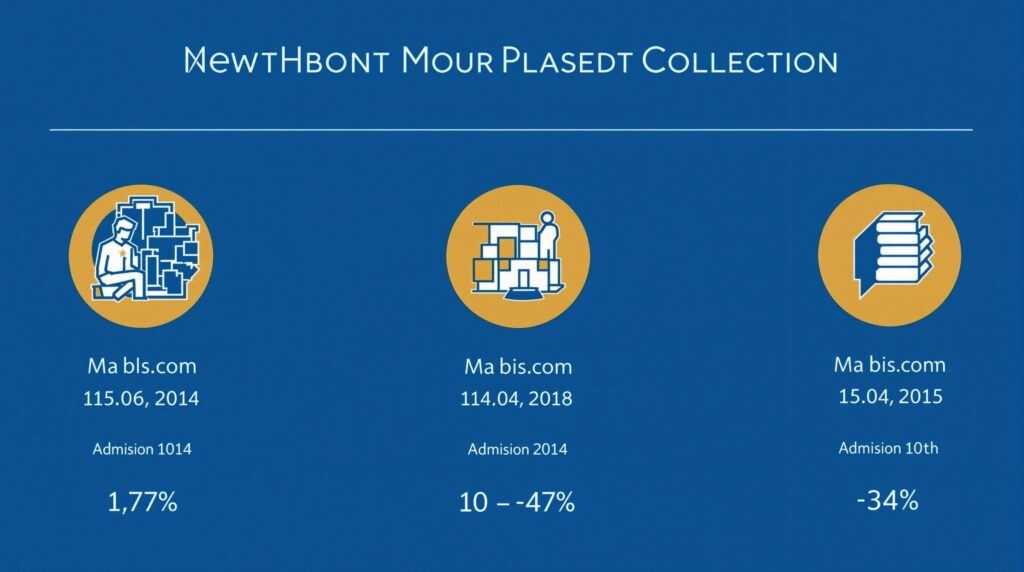Crafting an effective budget narrative is a critical component of securing educational funding through grants. A well-structured budget narrative sample translates financial figures into a compelling story that demonstrates how each dollar will contribute to educational outcomes while adhering to strict federal and institutional guidelines.
Key Takeaways
- A comprehensive budget narrative connects financial requests directly to project activities and educational outcomes
- Detailed personnel justifications should include specific time allocations and responsibilities
- Equipment and supplies require precise itemization following the updated $10,000 capitalization threshold
- Understanding indirect cost calculations and cost-sharing requirements is essential for competitive proposals
- Avoid common pitfalls by replacing vague terms with specific quantities and costs
Understanding Budget Narratives for Educational Grants
A budget narrative serves as the backbone of a successful grant proposal, providing crucial context and justification for your financial requests. Unlike a simple spreadsheet of numbers, a compelling budget narrative tells the story behind your funding needs. Federal agencies and private foundations require this detailed explanation to ensure accountability and to verify that your financial plan aligns with your project goals.
An effective budget narrative sample demonstrates clear connections between requested funds and specific educational outcomes. It shows funders exactly how their investment will translate into tangible results, whether that’s improved student achievement, teacher professional development, or innovative curriculum implementation.

Personnel Costs: The Foundation of Your Budget
Personnel expenses typically represent the largest portion of educational grant budgets. Your narrative must clearly outline each position with annual salaries, percentage of time dedicated to the project, and total calculated costs. For example: “International Affairs Director: $50,000/year @ 20% time = $10,000.” This level of detail helps reviewers understand your staffing structure.
I recommend clarifying what percentage efforts actually mean in practical terms. A statement like “20% effort equals 8 hours per week” provides concrete context for reviewers. Additionally, include your institution’s specific fringe benefit rates, which can vary significantly (54.7% at MIT, 23-60% at University of Georgia).
The most persuasive personnel justifications link specific roles to project milestones and deliverables. For example:
- Principal Investigator (15% time): Oversee curriculum development aligned with Next Gen Science Standards
- Project Coordinator (50% time): Manage day-to-day implementation and participant recruitment
- Data Analyst (30% time): Conduct monthly outcome evaluations and prepare progress reports
Equipment, Supplies, and Travel: Detailed Itemization Strategies
The 2024 Uniform Guidance updated the equipment capitalization threshold to $10,000 per unit, increased from the previous $5,000 limit. This distinction matters because equipment costs are excluded when calculating indirect costs per federal requirements.
When itemizing supplies and equipment, avoid vague terms like “miscellaneous supplies.” Instead, provide specific details: “35 lab notebooks at $50 each” or “3 microscopes at $12,000 each.” This level of specificity demonstrates thoughtful planning and helps justify your budget request.
For travel expenses, follow these guidelines:
- Use current GSA lodging rates for accommodation estimates
- Provide exact mileage calculations (e.g., “35 teachers × 65 miles × $0.54/mile = $2,457”)
- Specify the purpose of each trip and its connection to project objectives
- Note any institutional policies that prohibit personal expenses (like meals charged to procurement cards)
Navigating Indirect Costs and Cost Sharing Requirements
Indirect cost rates vary significantly by funding agency and institution. While the NIH standard is 15%, MIT negotiates 54.7% for federal projects, and training grants often cap indirect costs at 8% of modified total direct costs (MTDC).
The formula for calculating indirect costs is:
Indirect Cost = Rate × (Total Direct Costs – Equipment – Subcontracts – Stipends)
For example, a project with $253,420 in direct costs and $13,600 in excluded costs would yield $19,186 in indirect costs at an 8% rate. According to the 2024 Uniform Guidance, subawards over $25,000 are excluded from MTDC calculations.
Cost sharing requirements can significantly impact your grant writing strategy. A 50% cost share means that for a $100,000 project, your institution must contribute $50,000. A 1:1 match is even more demanding—a $750,000 award would require $750,000 in institutional funds.
Creating Activity-Based Budget Justifications
The most effective budget narrative sample directly maps personnel time to project activities. Instead of simply listing salaries, explain how each role supports specific outcomes: “The Data Analyst’s 30% time ($21,000) supports monthly outcome evaluations, which will track student progress on key STEM competencies.”
Maintain consistent fringe-to-salary ratios (typically around 30%) even after budget transfers. When detailing supplies and materials, provide exact calculations: “Office supplies: $50/month × 12 months × 2 staff = $1,200.”
For multi-year projects, include reasonable cost-of-living adjustments for personnel—typically a 3% annual increase. Cross-reference your budget narrative with standard forms (like SF-424A) to ensure consistency, using models provided by agencies like NOAA or the Department of Education.
Real-World Examples: STEM Initiative Success Story
A successful STEM initiative budget narrative sample might include: “$94,857 over three years for personnel, including a 3% annual cost-of-living adjustment.” The justification would detail how each role contributes to project outcomes: “The Principal Investigator will allocate 15% time annually to curriculum development aligned with Next Gen Science Standards.”
Effective equipment justification shows direct connection to educational objectives: “The three microscopes ($12,000 each) will enable hands-on laboratory experiences for 150 students per semester, supporting the project’s goal of increasing student engagement in scientific inquiry.”
Travel expenses should be aligned with specific training events and presentations: “Two project staff will attend the National Science Teachers Association conference to present preliminary findings and gather feedback from peer educators. Estimated costs include $450 for registration, $900 for flights, and $600 for three nights lodging per person.”
Compliance with Updated Federal Guidelines
The 2024 Uniform Guidance requires grantees to adopt the $10,000 equipment threshold in their capitalization policies. This means your institution must formally update its policies to use this threshold in educational grants.
When calculating fringe benefits, use your institution’s official published rates rather than estimates. Document your indirect cost calculations clearly, showing which costs are excluded before applying the rate.
Budget transfers must maintain required fringe-to-salary ratios after approval. For example, if you reduce a salary line by $10,000, the corresponding fringe benefits should decrease proportionally according to your institution’s rate.
Common Pitfalls and How to Avoid Them
Even experienced grant writers can fall into common traps when creating budget narratives. Here are some frequent mistakes and how to avoid them:
- Vague justifications: Replace “miscellaneous supplies” with itemized lists and costs
- Misaligned personnel time: Clarify percentage effort in terms of hours per week
- Incorrect indirect calculations: Properly exclude equipment ($8,200) and tuition ($5,400) before applying rates
- Inconsistencies between narrative and required forms
- Weak connections between budget items and project activities
I’ve found that creating a comprehensive budget narrative sample requires attention to detail and a clear understanding of how each dollar supports your educational objectives. By following these guidelines and learning from successful examples, you can craft a compelling budget narrative that strengthens your entire grant proposal.
Sources
100kstrongamericas.org – Budget Narrative Sample for Proposals
noaa.gov – Budget narrative model ELG22
jetcosolutions.com – What is a budget narrative



